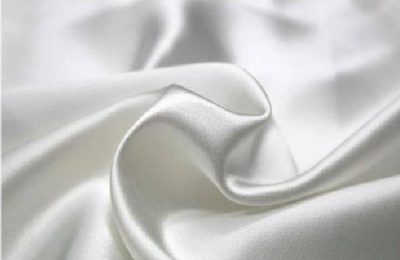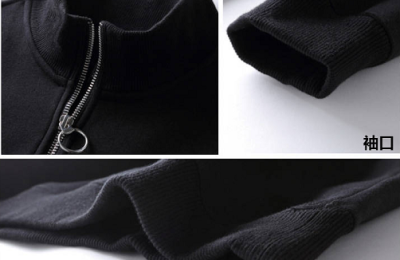The proton exchange membrane is an extremely important part of the fuel cell. It not only undertakes the task of proton transport, but also provides mechanical and electronic barriers.
Today we will talk about the material ptfe proton exchange membrane.
Proton exchange membrane fuel cells (PEMFC) use proton conductive materials as electrolytes. Compared with ordinary fuel cells, they start up quickly at room temperature, have no electrolyte loss, and have high specific power and specific energy. Therefore, they are widely used in decentralized power stations. , portable power supply and aerospace and other fields have been widely used.
PTFE proton exchange membrane has a three-dimensional network structure with no through holes.
The porosity and pore size distribution are important indicators for measuring membranes.
The porosity of Teflon membrane is generally between 80% and 95%.
High porosity will increase ventilation; the pore size distribution is concentrated, indicating that the membrane pore size is uniform.
With special production technology, different pore sizes can be controlled for different materials to achieve high-efficiency filtration.
Usually, membrane thickness is not an indicator for membrane evaluation. If the membrane thickness is too thick, it will easily cause problems such as low air permeability and high operating pressure.
The ptfe proton exchange membranes produced by the manufacturer use imported raw materials, have a full set of advanced production equipment, an advanced clean room and an independent composite slitting workshop, ensuring the production quality of ptfe membranes; using American Imported production and testing instruments are used to test the quality of PTFE film, and have also passed international SGS testing and certification, as well as ISI testing and certification.
Interested parties can enter the store and contact us.
</p








